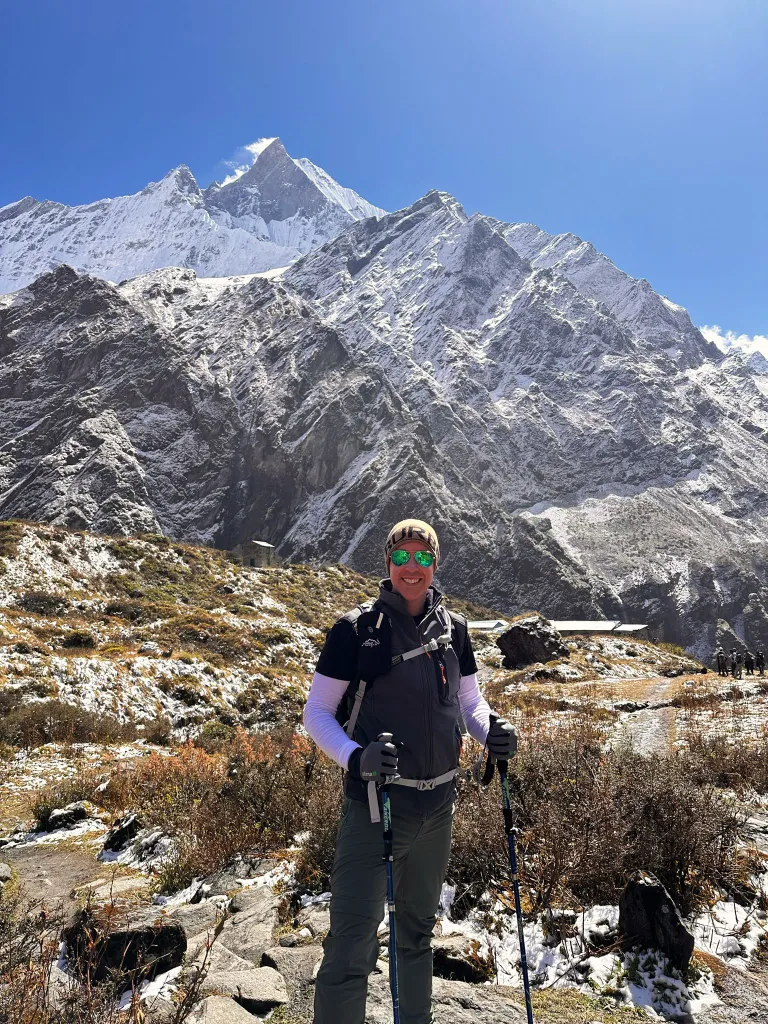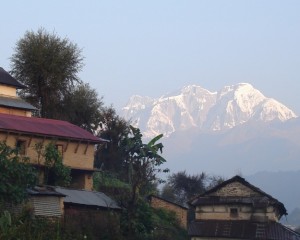Which is the Easiest Mountain to Climb in Nepal?
Nepal's landscape includes the green highlands surrounding the flat terrain in the lap of the Snowy majestic peak. The fact that Nepal is a small country with plenty of mountain ranges in its territory is not hidden.
More than eight of the world's highest peaks, such as Cho Oyu, Everest, and Kanchenjunga, are here. Besides, some peaks are less than 7000 and 6000m, and the name keeps going.
If you are a newbie or even an experienced climber looking for an easier peak in Nepal, then we are here for you. After decades of experience, we have listed down such beginner peaks.
5 Easiest Peak Climbs In Nepal
The Nepal Mounatering Association in Nepal has classified its peak into A, B, and C depending on the technical challenges and its height.
- Trekking peak: The easiest peak requires little to no technical skill. These beginner peaks range from 5500m to 6500m. The beginner climber and experienced trekker who wants to taste the challenge of an expedition find this perfect climb.
- Expedition Peaks: These are the B category, which is a bit challenging. They go beyond 6500m and require complex climbing skills. They consist of more glaciers and rocky terrain and require the help of an icy axe and ridges.
- Specialized Peak: These peaks are 7000m and above. They present various technical challenges and require different skills to navigate. They are more like practice peaks for experienced climbers who want to climb the highest peak in the world.
The accessible peaks are those in category A, so let’s find out what they are.
Yala Peak

Let's start with something accessible and popular as a trekking peak: Yala Peak (5500m), located in the heart of the Langtang region.
The route passes through the lush forest of Langtang Conservation Area, terraced farmland, and scenic villages. It gives you a sneak peek of the cultural area's charm and natural beauty.
What is even better is combining peak climbing with the Langtang Valley trek. You get the chance to acclimatize at Kyanji Gomp and Kyanji Ri, which are known to be the centre of Tibetan culture in the region.
The rewards of these nontechnical peaks are the cheering smiles of Langtang Lirung, Shhisnagmapa, Dorje Lakpa, Naya Kang, and Ganchempo.
Pisang Peak

In the lap of the Annapurna region, there is another Pisang peak, a popular trekking peak. It is one of the parts of the classic Annapurna Circuit Tre that gives you the experience of trekking and climbing. Besides, the summit is less steep and challenging, which is perfect for beginners.
During your journey, you also pass through the culturally rich Gurung village that gives a different perspective of their lifestyle. On the other hand, the journey lies in the panoramic surroundings of Annapurna region, Annapurna II, Annapurna IV, Gangapurna, and Manaslu.
Mera Peak

The next is the classic trekking peak, Mera Peak, located in the Khumbu region. It is an unexplored gem that gives you a different perspective of the Everest region apart from the classic Everest Base Camp Trek.
The Mera Peak has three summits: Mera North (6,476 m), Mera Central (6,461 m), and Mera South (6,065 m). The hike starts with a walk through the Sherpa villages, which offer an alluring perspective of the culture and traditions.
While challenging due to its high elevation, there is little technical climb retirement. Regardless of the challenge, the reward waiting for you is the panoramic views of Everest, Makalu, Kanchenjunga, Lhotse, Cho Oyu, and Nuptse.
Island Peak

When the legendary climbers Sir Edmund Hillary and Tenzing Nriay Sherpa practiced their climbing before setting off on the journey to Everest, they used the Island Peak(6,189 m).
It is also known as Immja Tse, and it introduces the experience of the highest climbing peak amidst the beautiful scenery of Everest, Lhotse, Nuptse, Lhotse Middle Peak, Lhotse Shar, Mt Makalu, Cho Polu, Mt Baruntse, Cho Oyu, and the list goes on.
Apart from other peaks on this list, these are some of the strenuous yet rewarding ones. To conquer the peak, you need climbing skills such as the use of an ice axe, navigating those glaciers, and crossing those ladders.
Lobuche Peak

Yet another peak in the Himalayan range of the Khumbhu region is Lobuche Peak. It has two summits, Lobuche East and Lobuche West, of which we start with Lobuche East as it is easier. The best part is the majestic view of Everest, Lhotse, and Ama Dablam.
The hard part is that it is more challenging than the Island Peak. The accent of the peak has a steep section that reaches an angle of 45 degrees, and a climber needs to use those ropes. With the essential technical climbing experience, you can manage the expedition.
But the best part about this trekking peak is that it is less crowded and gives a serene climbing experience.
To wrap up, Nepal is undoubtedly home to several peaks for beginner or experienced climbers. Climbing these peaks is a blend of adventure and cultural wonder. At the same time, the stunning landscape makes Nepal a go-to place for adventure seekers.
But you have to prepare properly and get guidance from an expert to navigate this easier peak. If you are interested in being part of the journey, contact Nepal Vision Trek for a memorable climbing experience for all levels.
FAQS






